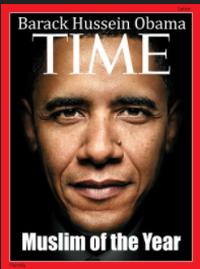43 students studying to be teachers were kidnapped. They had planned to go march against the mayor and his wife at the opening of a super-mall that they were opening. The mayor and his wife were connected with the local drug lords, and they sent a message to them to make these students “go away”. So they kidnapped them, and according to the confession of two of them who had part in their deaths, they were put into the back of a cattle truck, hauled off to a far away city with a dump several miles outside the city limits, and there shot to death, and then dosed with diesel and set on fire. Some were still alive and tried to crawl out of the fire, and those tending the fires pushed them back in, and dosed more diesel on them. As word has gotten out about this, the reactions have been extreme. Many of the parents don’t want to accept it. They burned the fires for 2 days straight, and only pieces of bone and teeth are left. These were sent to labs in Switzerland for analysis. The parents don’t want to accept it. The government continues to act with impunity.
Obama leans Muslim (Closet Muslim)
Obama leans Muslim, or closet Muslim? An article on American Thinker about Obama’s leaning and inclination to the Muslim religion.
